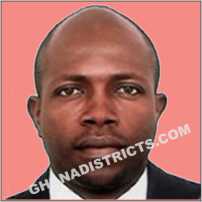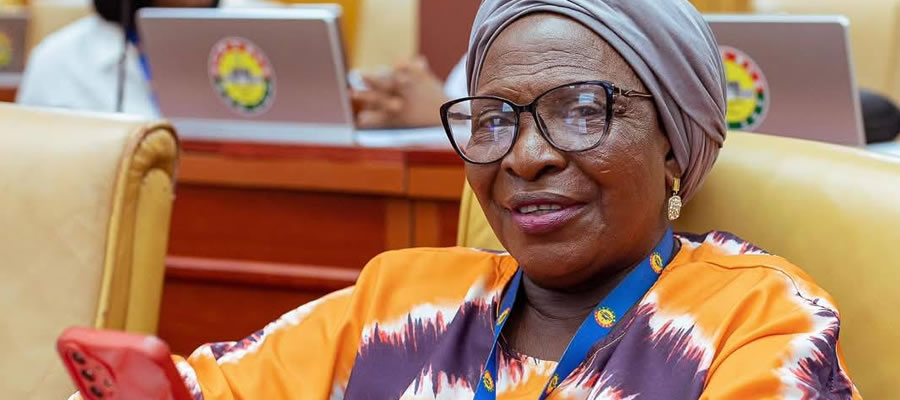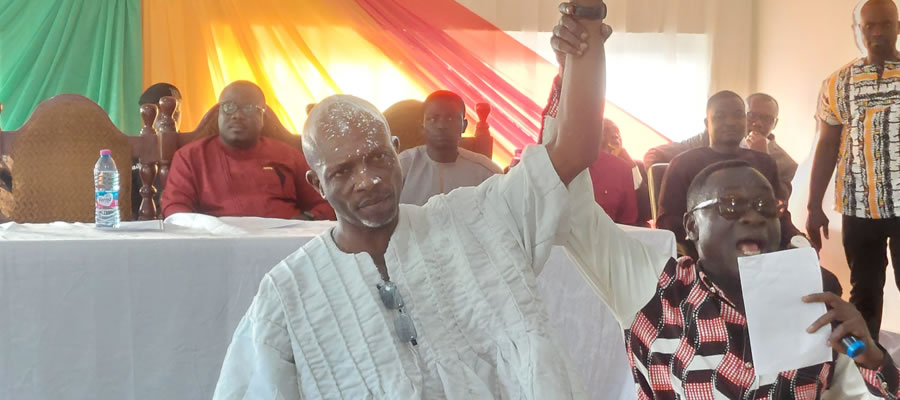

Transport and Telecommunication
The need to ensure interaction between the population and the various facilities and services calls for the need to analyse the transport and telecommunication systems in the District.
Road Network and Condition
With the exception of the Asuotiano-Dormaa Akwamu road and Berekum-Dormaa Ahenkro trunk road which runs through the District that is tarred, all road networks in the District are not tarred. The greater proportion of the road networks to the rural areas is very bad. This makes transportation of foodstuff from these areas to urban centres expensive and in some instances lack of transport. This has contributed to the poverty situation in these areas.
Problems of the Sector
- Pot-holes
- Seasonal nature of some of the roads
- Absence of office and residential accommodations for Feeder Roads Departments in the District.
- Lack of a means of transport for operation (monitoring, travelling, etc.)
Priorities of the Sector
- Provision of good and accessible roads in the District
- Provision of an office for the Feeder Roads Department
- Provision of accommodation for Feeder Roads staff.
- Provision of a means of transport for operation.
- Supply of more staff.
Energy
Energy for lighting and energy for cooking were the two main sources considered. The major six towns in the District have been connected to the National Electricity grid. This is a potential for investment and large scale industrialization. However; most of the Rural Communities which constitute the chunk of the population in the District have not been connected to National Grid. Plans are far advanced to supply these Communities with Electricity in due course. Support is therefore needed from every quarter to accomplish this vision.
Under energy for lighting, the survey revealed that 54.6% used electricity, 2.8% solar, 31.7% lanterns and 11% used other energy sources like dry cells light and generators. This implies that the district is relatively deprived in terms of electricity coverage especially the rural areas. Hence extension of electricity to the rural areas should be given a priority.
With respect to energy for cooking, firewood accounted for 95.9% whiles charcoal and liquefied petroleum gas (LPG) accounted for 1.9% and 1.6% respectively. Those who use other energy sources for cooking aside the aforementioned accounted for 0.6%. This implies that there is a massive depletion of the natural forest for firewood. This trend if not reversed would trigger the District into a desert in the near future. On the other hand measures aimed at improving the livelihood of people in the District should be instituted for an improvement in the incomes of residents to be able to afford modern energy for lighting like electricity, LPG and solar.
Roads
Road sector is expected to integrate the Rural Economies to the Urban Economy and facilitate the productivity in Agriculture and agro-industry. The District is agrarian with most of the food stuff coming from rural settlements. However, it is sad to note that roads linking these areas are in bad state leaving farmers and their produce stranded in the farms and several tonnes of food stuff gone waste. That notwithstanding, there is trunk road linking Sunyani, the Regional Capital to the Dormaa East District through Berekum. This trunk road is in good shape and has business and industrial development potential.
Post and Telephone Penetration
The Information Communication Technology Sector is treated both as a support service as well as potential growth point. It is envisaged to be a pivotal tool to improve governance, accountability and transparency, Development of Human Resource Potential, in addition to facilitating transaction. The District is hooked with MTN, Vodafone, Tigo and Zain. These networks provide efficient services for residents.
ICT
INFORMATION AND COMMUNICATION ANALYSIS
Information and Communication Technology (ICT) is a tool for diversification of the economy. It also improves governance, accountability and transparency, develop human resource potential, and strengthen national unity.
ICT facilitates e-transactions; increase public sector efficiency and transparency; and grant citizens access to public services by making them available online (e-government). Create new jobs, particularly for women and the youth; and establish network connectivity to lower unit costs and increase benefits from network externalities.
The survey indicated low rate of ICT usage in the District as only 8.6% of the sampled households had at least one person with knowledge in computer. This is attributed to difficulty in the learning of the computer and the cost of acquiring it, hence has the potential of retarding ICT development.
However, 53.6% of the sampled households had at least one person with access to a mobile phone. This is due to the portability and the low cost of the mobile phone. This has been of enormous benefit to families and friends by fostering unity, reducing cost of travels and promoting participation in governance.
Date Created : 11/16/2017 2:58:03 AM












 facebook
facebook
 twitter
twitter
 Youtube
Youtube
 +233 593 831 280
+233 593 831 280 0800 430 430
0800 430 430 GPS: GE-231-4383
GPS: GE-231-4383 info@ghanadistricts.com
info@ghanadistricts.com Box GP1044, Accra, Ghana
Box GP1044, Accra, Ghana